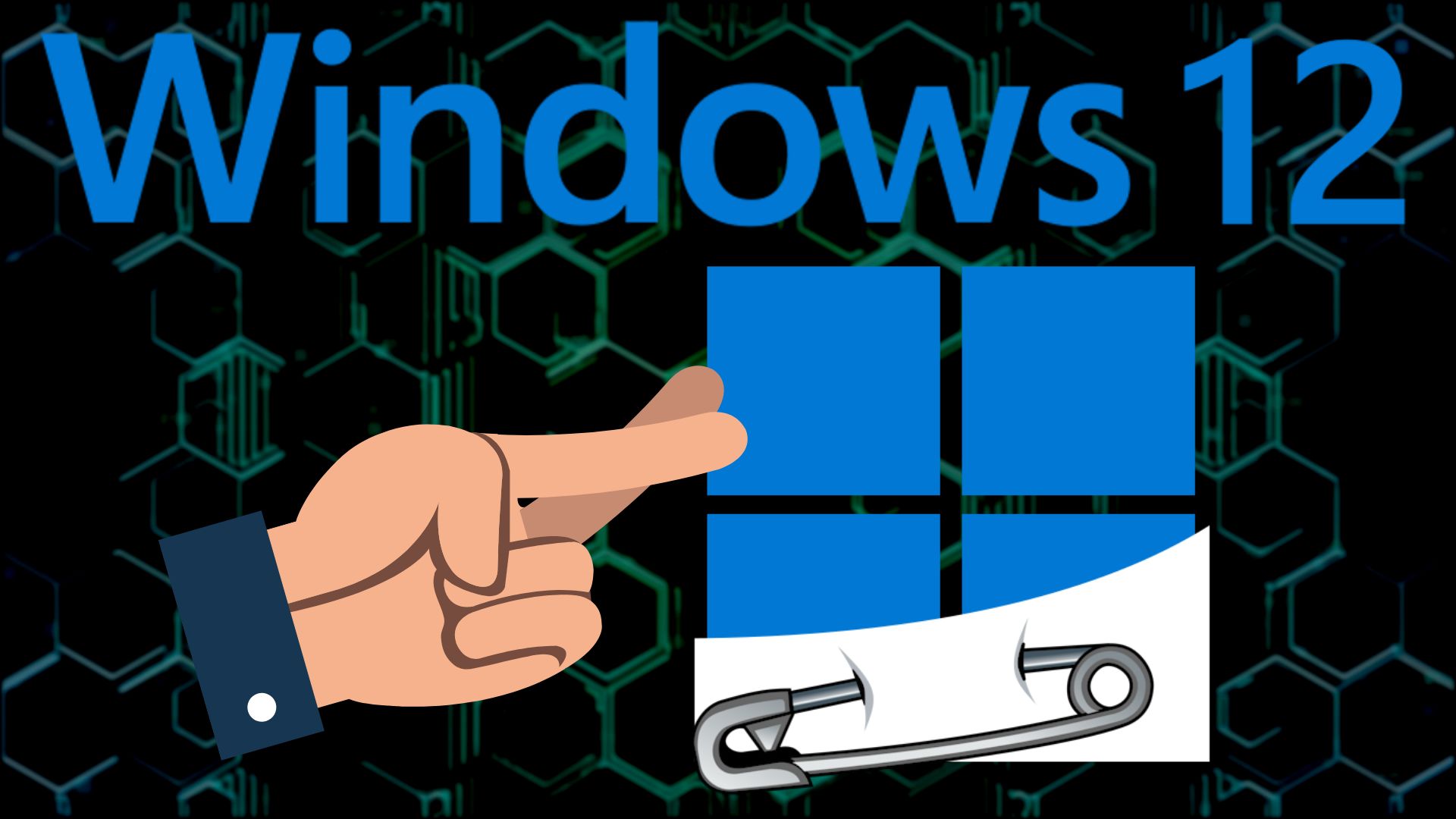1 min read


Windows 12 (aka Next Valley or Hudson Valley or—more often—TBD), seems to be on the way.
As we mentioned back in October 2022, Microsoft may be beta testing the newest version for release in winter 2024.
Until then, we’re listening to whispers about what it might look like. One would imagine improvements that boost productivity would be top of mind. Integrating more AI is obvious as well, but the main talk around the tech cooler is how it might look.
In fact, because we humans respond to aesthetic design over functional at times, this is important.
Some to-do is being made about the Wi-Fi and battery widgets being placed at the top of the screen. More than one tech writer has said that it will look increasingly like macOS and Linux. That’s really all that is known, but it doesn’t stop speculation.
In terms of function, as AI becomes more refined and prevalent, we expect to see enhanced incorporation that will help automate mundane, repetitive tasks and free us up to spend time in more important areas.
There is some talk about splitting Windows 12 into blocks for speedier updates and enhanced security, so that’s a good thing.
Of top concern to consumers and businesses is hardware upgrades. These are costs that must be weighed against the increased productivity software attempts to achieve, so it is an important element in the overall picture.
We don’t really know if upgrades will be necessary.
Chances are Microsoft won’t develop a new Windows that requires less power than whatever you’re currently running. But it’s not good business to alienate your customer by forcing upgrades to new operating systems and, therefore, new hardware.
As it stands right now, Windows 11 is an efficient, user-friendly tool that works for a lot of businesses. Microsoft continues to roll out updates that improve it, so we’re satisfied.
Have you considered upgrading to Windows 11? We can certainly help with that, so get in touch today.